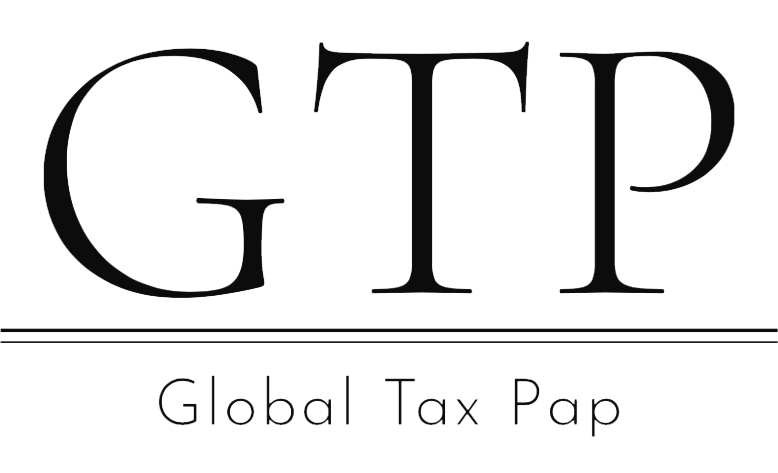Both enable better decision-making and help keep a close eye on the financial health of a project by tracking direct and indirect costs. Often, process costing makes sense if the individual costs or values of each unit are not significant. For example, it would not be cost effective for a restaurant to make each cup of iced tea separately or to track the direct material and direct labor used to make each eight-ounce job costing vs process costing examples glass of iced tea served to a customer.
Key Components of Job Order Costing
Manufacturing departments are often organized by the various stages of the production process. Each department, or process, will have its own work in process inventory account, but there will only be one finished goods inventory account. In job order cost production, the costs can be directly traced to the job, and the job cost sheet contains the total expenses for that job. While each batch may vary slightly in ingredients, the end product is substantially similar. XYZ tracks the costs of raw materials like barley, hops, and yeast for each batch.
How to Properly Record Accrued Revenue for Your Business
Though it’s not a perfect allocation, it’s an accepted approach many companies use. The majority of companies produce more than one product, and they use process costing by making batches of identical products, or at least highly similar products. Batch 1 might be 1,000 solid black masks, while batch 2 is 1,500 red and white striped masks. A company implementing job order costing assigns a job number or code to each order. Costs are tracked individually for each job to identify the total cost incurred once the job is completed.
These costs would be sent to the next department to calculate its processing costs and add them to the first department’s costs. And then the last department would calculate its processing costs to add to the combined costs from the first and second departments for the total process cost. Getting job costing right is key to knowing how much to charge a customer and make a fair profit. To make the most of your costing system, create an annual budget and cost for both direct and overhead costs. When a batch of shirts is finished, the total cost to move from work in process inventory to finished goods inventory, which indicates the products are ready for sale.
This is the case when the seller is billing based on cost, as is the case with a arrangement. EWorkplace Manufacturing, Inc. is a global provider of market-leading, industry-specific software and services focused on the manufacturing and distribution industries. Through its innovation and deep industry expertise, eWorkplace Manufacturing delivers industry-focused solutions that address the unique challenges of discrete and process manufacturers and distributors. If you find that actual costing more than 10% higher than your budget, revisit your budget to determine whether or not your assumptions are reasonable.
- For example, assume a not-for-profit pet adoption organization has an annual budget of \(\$180,000\) and typically matches 900 shelter animals with new owners each year.
- For example, Boeing uses job order costing to manufacture planes.
- Process costing is used for industries with a vast volume of similar products.
- However, specific cars have custom options, so each individual car costs the sum of the specific parts used.
Similarities Between Job Costing and Process Costing
This video on how drumsticks are made shows the production process for drumsticks at one company, starting with the raw wood and ending with packaging. The direct labor costs are for the time workers spend making the product. Only include those people that were directly involved with the manufacturing. If Jennifer finds that job A required more labor hours than job B, it makes sense to assign more overhead costs to job a because it took more effort and therefore should be assigned more costs.
Revenue Reserves in Multi-Academy Trusts: Importance, Benefits, and Strategies for Financial Stability
The second stageincludes filling cleaned and sanitized bottles before placing a capon each bottle. In the third stage, filled bottles are inspected,labeled, and packaged. When ABC Clothing starts production on a particular batch of shirts, costs are tracked in the work-in-progress account.
In this scenario, job order costing is a less efficient accounting method because it costs more to track the costs per eight ounces of iced tea than the cost of a batch of tea. Overall, when it is difficult or not economically feasible to track the costs of a product individually, process costing is typically the best cost system to use. Conversely, if you operate in a custom service industry or manufacture unique, client-specific products, job order costing may provide the detailed costing data needed for accurate pricing and profit management.
- But not all readily identifiable material is a direct material cost.
- In this article, we will explore these differences, as well as delve into the advantages, disadvantages, and similarities of each method.
- Direct Materials – The raw materials and resources directly used in each job are recorded, including items such as wood for a custom piece of furniture or steel for a specific construction project.
- The accountant was stealing the money while making the stolen checks appear to be paying for material costs or operating costs.
- Job costing requires reliable and accurate information that you can use to make better decisions.
Process costing is optimal when the costs cannot be traced directly to the job. For example, it would be impossible for David and William to trace the exact amount of eggs in each chocolate chip cookie. It is also impossible to trace the exact amount of hickory in a drumstick. Even two sticks made sequentially may have different weights because the wood varies in density. These types of manufacturing are optimal for the process cost system.
The Production Process at Coca-Cola
You may disperse it across projects, or by the amount of labor required for each. For instance, if you have one project that takes much longer to handle than the other, it wouldn’t make sense to divide the overhead evenly between the two. Look at the expense categories and note each overhead cost and the amount spent before. Some of those are fixed costs which can be used to allocate your overhead for this year. The next step is to decide on an activity level that causes you to incur each overhead cost. Process Costing is best suited for large-scale production is done as well as where there are multiple levels of producing a product.
Some example of such industries is steel, soap, paper, cold drink, paints, etc. It is best suited for industries where products are made per customers’ demands. Examples of these industries are – Furniture, Interior Decoration, and Shipbuilding. Take the first crucial step towards becoming a construction accounting expert through Construction Accounting University. It’s best to make an effort to connect each overhead cost to a related or at least somewhat related activity.
Ensuring Process Costing Profitability
For example, in a custom furniture business, materials like wood, paint, and upholstery fabric used for a particular client’s order, along with labor hours spent on that job, are logged specifically under that job number. Allocates costs to processes or departments, resulting in average costs per unit. To get the full story of job-level profitability, contractors will need to develop a comprehensive budget, break out jobs into phases, and track costs for every phase. This will take time, and more planning upfront, but doing so will reveal invaluable information regarding profitability. Keeping track of all job costing data will eliminate assumptions and provide real actionable data that you can use to avoid overspending during an individual job or while planning an upcoming job.
Accountants use control accounts to track the cost to go into the manufacturing process. Job Costing is best suited for the industries where specialized products are manufactured as per customer needs and demands. Some examples of those industries are Furniture, Ship Building, Printing Press, Interior Decoration, etc. Offers insights into overall process or department profitability.
Having a financial management solution, combined with manufacturing ERP, helps expanding manufacturers determine true product costs quickly, and ensure profitability. As an example, let’s use a company that manufactures laptops in large quantities. The first department would determine the processing costs for a month by taking the direct costs and dividing that by the number of units produced. On a monthly basis, if you use job costing review each completed job and compare the budgeted cost to your actual cost. If you use process costing review your cost by batch instead of individual job.
Maybe see clothing half the budget for the cost of materials and make assumptions about wage rates to determine the labor cost. If Jennifer’s company doesn’t produce or sell anything during a particular month, many of our costs would not be incurred. The type of costing method you use depends on the type of business you’re running. There is no comparison between Job Costing and Process Costing because both the methods are used in different industries. One such difference is, each job requires a high degree of supervision and control, but the process does not require so, as they are standardized in nature. In other words, the former is used to calculate the cost of jobs or contracts which are distinct in nature, while the latter used to compute the cost charged to each process.




